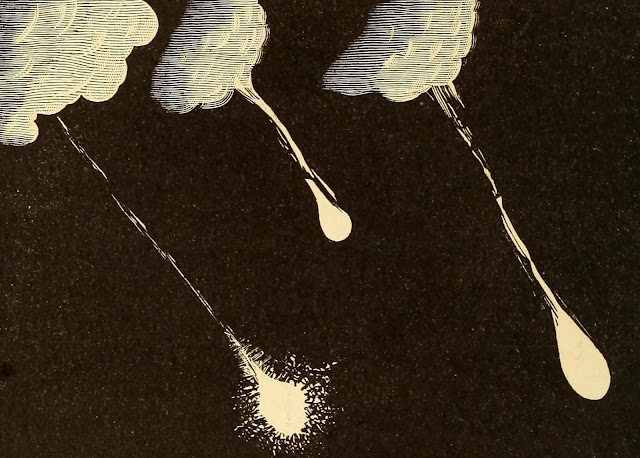Rip it Up and Start Again is an excellent book by Simon Reynolds about post-punk music between 1978-1984. It covers the bands and musical movements that dominated my teenage years and is very well researched and written.
The following excerpt rings very true for me. At the time, even though The Beatles had only fallen to pieces less than 10 years previously, no-one was bothered about their music. There was too much other music to find.
'The prime years of post-punk - the half decade from 1978 to 1982 - were like that: a fortune. I’ve come pretty close since, but I’ve never been quite as exhilarated as I was back then. Certainly, I’ve never been so utterly focused on the present.
As I recall it now, I never bought any old records. Why would you? There were so many new records that you had to have that there was simply no earthly reason to investigate the past. I had cassettes of the best of The Beatles and the Stones taped off friends, a copy of The Doors’ anthology Weird Scenes Inside the Goldmine, but that was it. Partly this was because the reissue culture that inundates us today didn’t exist then; record companies even deleted albums. As a result, huge swaths of the recent past were virtually inaccessible. But mainly it was because there was no time to look back wistfully to something through which you’d never lived. There was too much happening right now.'





